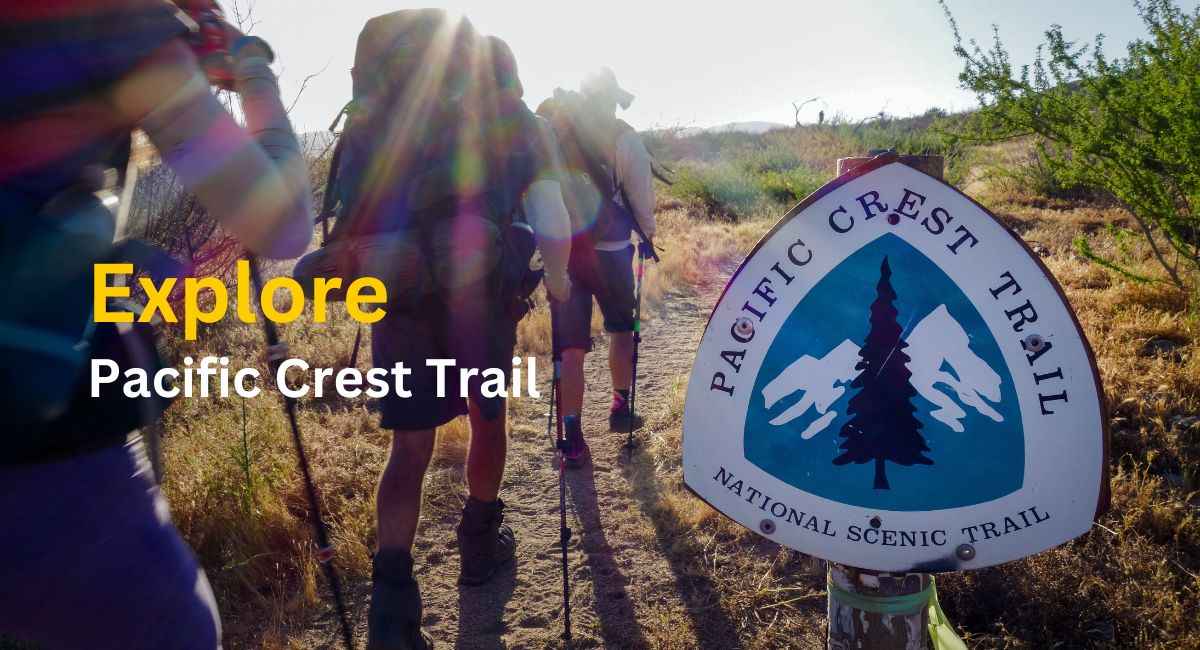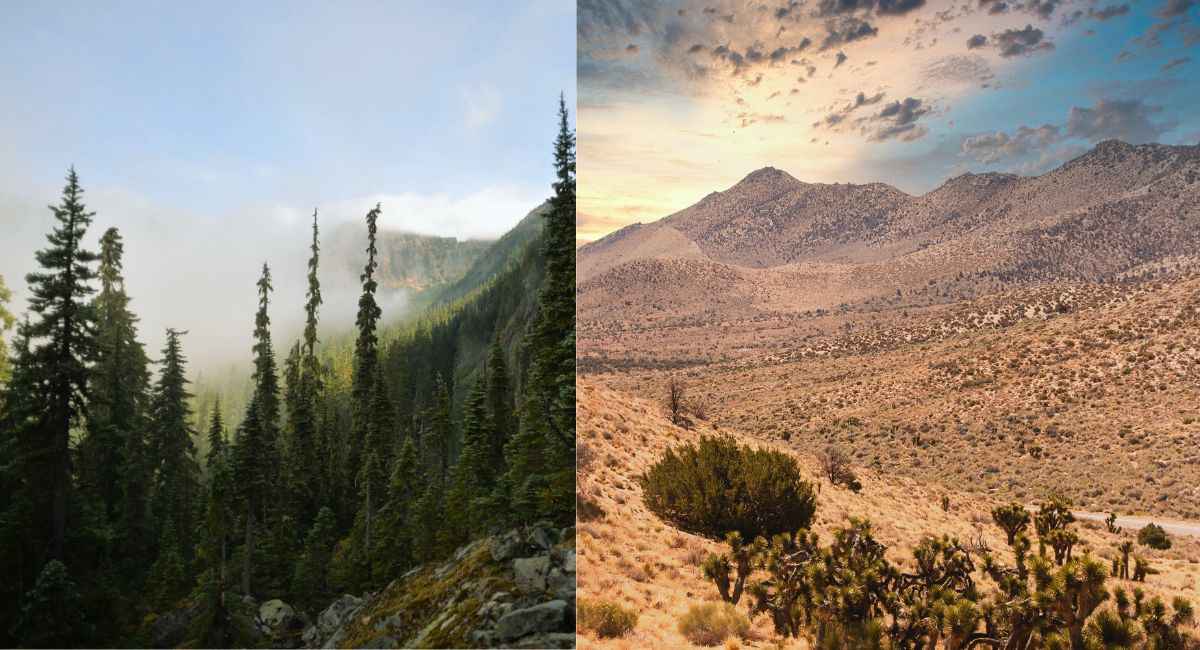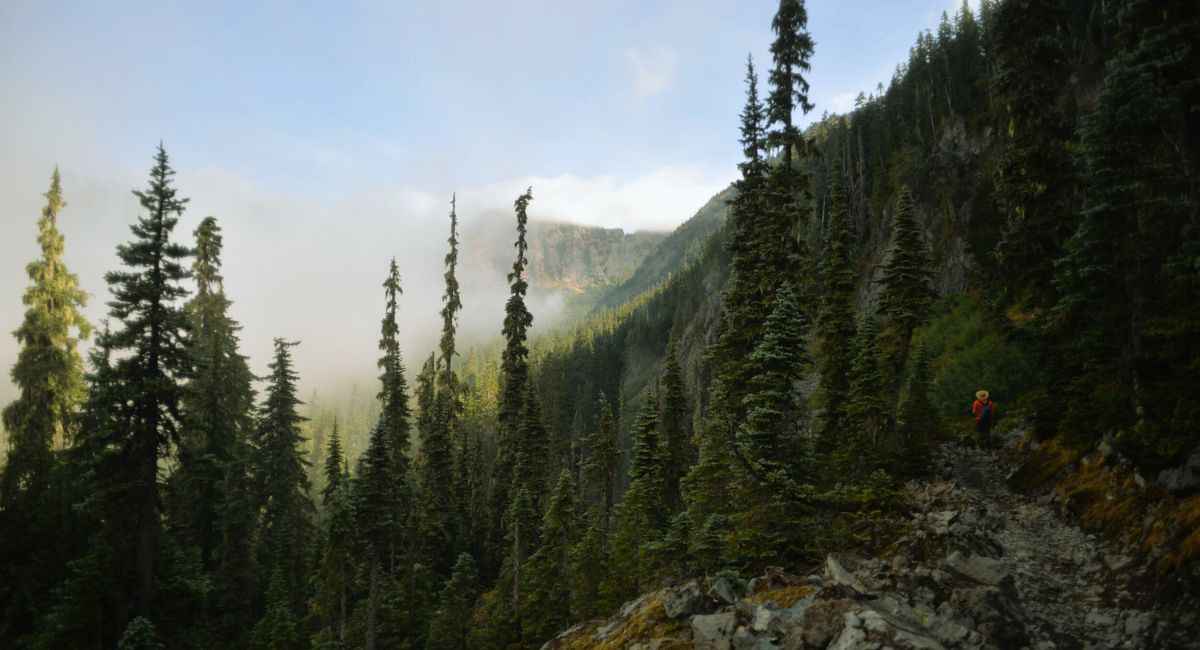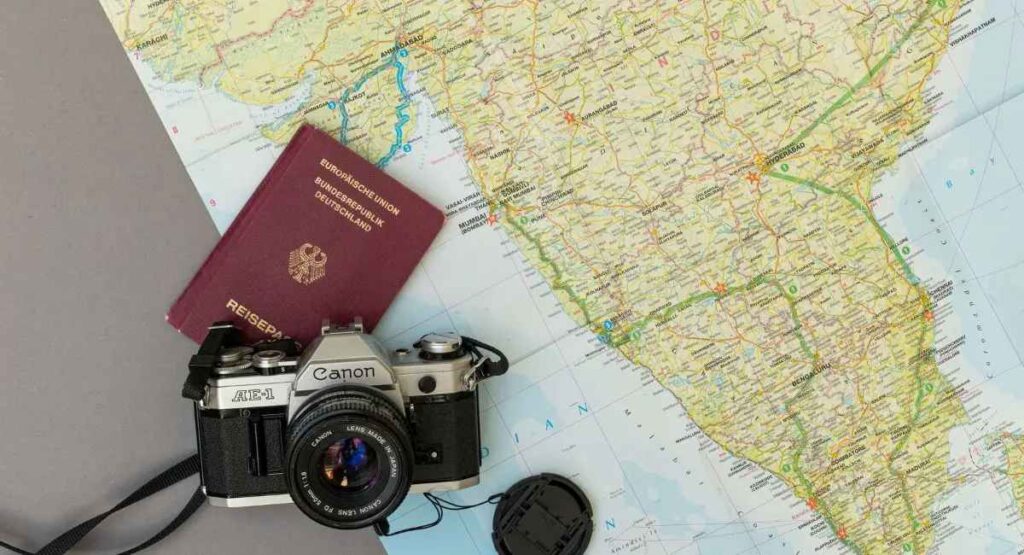Embark on an unforgettable adventure Exploring the Pacific Crest Trail. Discover the beauty, challenges, and tips for a successful journey on this epic trail.

The Pacific Crest Trail (PCT), often referred to as a hiker’s paradise, stretches over 2,650 miles from the border of Mexico to Canada, traversing through three states: California, Oregon, and Washington. This iconic long-distance trail offers an unparalleled opportunity for adventure seekers, nature enthusiasts, and those yearning to explore the great outdoors. In this comprehensive guide, we’ll take you through every aspect of Exploring the Pacific Crest Trail, from planning your journey to the FAQs that arise along the way.
Read more: The Great Wall of China: A Timeless Wonder Unveiled
Exploring the Pacific Crest Trail:
Exploring the Pacific Crest Trail is an expedition like no other. It is a chance to disconnect from the hustle and bustle of daily life, submerge yourself in breathtaking natural beauty, and test your physical and mental limits. Here, we’ll delve into the heart of the PCT experience.
Preparing for the Adventure
Before you lace up your hiking boots, thorough preparation is essential. The Pacific Crest Trail is not for the faint of heart. It demands careful planning, physical fitness, and a solid mental attitude. Here are some key considerations:
- Gear Selection: Your gear can make or break the journey. Invest in quality, lightweight equipment tailored to the trail’s unique demands.
- Physical Fitness: Hiking thousands of miles requires stamina. Start training well in advance to build your endurance and strength.
- Resupply Strategy: Plan your resupply points strategically, ensuring access to food, water, and other essentials.
The Trail’s Divisions
The Pacific Crest Trail can be divided into three sections: Southern California, the Sierra Nevada, and Northern California/Oregon/Washington. Each segment offers its challenges and rewards.
- Southern California: Expect arid deserts and the infamous Mojave section. Water sources can be scarce, so planning water caches is crucial.
- The Sierra Nevada: Home to stunning alpine landscapes, this section presents its own set of challenges, including crossing snowfields and navigating river crossings.
- Northern California/Oregon/Washington: Lush forests, volcano views, and the stunning Cascade Range await in this final leg of the journey.
Timing and Weather
The pacific crest trail is open for hiking from April to October. Timing is crucial to avoid extreme weather conditions. Early starters face colder temperatures and more snow in the Sierra Nevada, while late starters may contend with wildfires in Oregon and Washington.
Hiking the Pacific Crest Trail:
Hiking the Pacific Crest Trail is a long-awaited dream for many outdoor enthusiasts. Stretching over 2,650 miles from the Mexican to the Canadian border, this iconic trail promises an unforgettable adventure through diverse landscapes. In this guide, we’ll take you through the ins and outs of hiking the Pacific Crest Trail, offering valuable insights and tips for a successful journey.
Trail Overview:
The PCT Experience
Embarking on the Pacific Crest Trail is more than just a hike; it’s a life-changing experience. The trail passes through three western states, offering hikers a chance to witness stunning scenery, including deserts, forests, and alpine regions.

Planning Your Adventure
Before you hit the trail, meticulous planning is essential. From selecting the right gear to calculating your resupply points, careful preparation can make or break your journey.
Permits and Regulations
Navigating the bureaucratic side of hiking the pacific crest trail can be daunting. We’ll break down the permit process and essential regulations, ensuring you comply with your hike.
Trail Sections
Divided into five sections, the pacific crest trail offers diverse challenges and rewards. We’ll delve into each section, highlighting notable features and considerations.
Gearing Up:
Backpacking Essentials
Your gear can significantly impact your comfort and safety on the trail. We’ll guide you through selecting the right backpack, footwear, clothing, and more.
Food and Water
Staying nourished and hydrated is vital. Learn how to plan your meals and find water sources along the trail.
On the Trail:
Navigation
Navigating the PCT requires more than just a map. Discover essential tools and techniques for staying on course.
Wildlife Encounters
From bears to rattlesnakes, the pacific crest trail is home to diverse wildlife. Learn how to coexist safely with these creatures.
Trail Etiquette
Respect for nature and fellow hikers is paramount. We’ll share trail etiquette tips to ensure a positive experience for everyone.
Physical and Mental Preparedness:
Training
Prepare your body for the rigors of long-distance hiking with a comprehensive training regimen.
Mental Resilience
Hiking the PCT can be mentally challenging. We’ll provide strategies for maintaining a positive mindset and overcoming obstacles.

Logistics:
Resupplying
Discover the logistics of resupplying along the trail, including mailing packages and shopping in trail towns.
Accommodations
Options for accommodations along the pacific crest trail vary. We’ll cover your choices whether you prefer camping or staying in hiker-friendly towns.
Safety and Emergencies:
First Aid
It is essential to have basic knowledge of first aid while hiking. In this guide, we will discuss essential supplies and skills.
Emergency Situations
Preparation is critical when facing emergencies. Learn how to handle common trail mishaps and stay safe.
FAQs:
What Is the Best Time to Hike the PCT?
The optimal time to embark on the pacific crest trail journey is typically from April to September, when the weather is more favorable, and snow levels are lower.
How Long Does It Take to Hike the Entire Trail?
On average, hikers complete the PCT in about five months. However, the duration can vary based on individual pace and trail conditions.
Can I Hike the PCT Solo?
Yes, solo hiking is possible, but being well-prepared and self-reliant is crucial. Many hikers find companions along the way for safety and camaraderie.
What Wildlife Should I Be Cautious of?
While encounters with wildlife are common, serious incidents are rare. Be cautious around bears, snakes, and insects, and always follow guidelines for safe encounters.
How Can I Train for the PCT?
Training should include cardio, strength, and endurance exercises. Gradually increase your backpack weight to prepare for the load you’ll carry on the trail.
Are There Any Health Risks on the PCT?
Dehydration, exhaustion, and blisters are common health concerns. Proper preparation and self-care can minimize these risks.
How long does it take to hike the entire PCT?
The time required varies, but most thru-hikers take about 4 to 6 months to complete the trail.
Do I need permits to hike the PCT?
Yes, it would be best to have permits for certain sections and wilderness areas. Make sure to check the latest regulations.
What about wildlife encounters?
While encounters are relatively rare, hikers may encounter bears, snakes, and other wildlife. Follow recommended safety practices.
Can I hike part of the PCT instead of the entire trail?
Absolutely! Many hikers opt for section hiking, exploring specific portions of the trail that interest them.
Is it safe to hike alone?
Safety is a top priority. While some hikers choose to go solo, finding a trail buddy or joining a group is recommended for added security.
How do I stay connected on the trail?
Cell phone reception can be unreliable, so consider satellite communication devices for emergencies.
The Pacific Crest Trail hiking is a challenging yet enriching journey. You can make this dream a reality with thorough preparation, respect for nature, and an adventurous spirit. So, pack your backpack, lace up your hiking boots, and get ready for an unforgettable adventure on the pacific crest trail.
Conclusion
Exploring the Pacific Crest Trail is a life-changing adventure that offers breathtaking landscapes, personal growth, and unforgettable memories. You can confidently embark on this epic journey by following proper preparation, understanding the trail’s unique challenges, and respecting nature.
So, gear up, lace those boots, and embark on the adventure of a lifetime. The Pacific Crest Trail is waiting to be explored.

